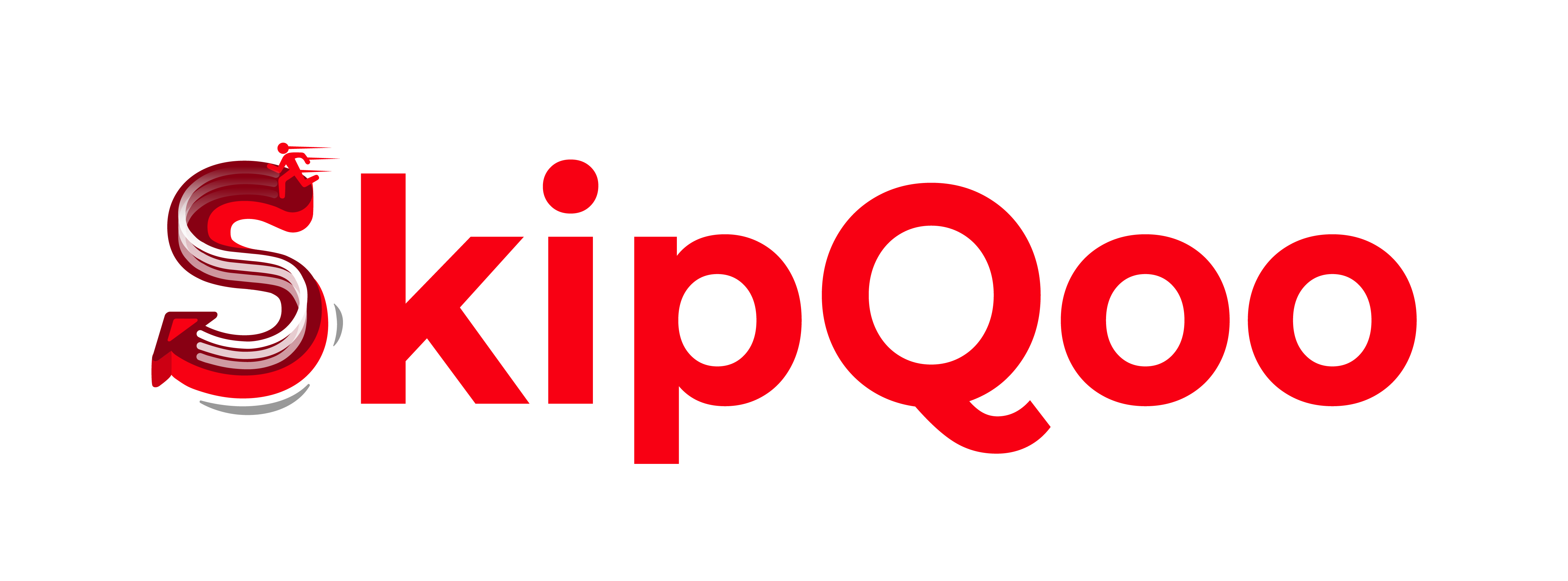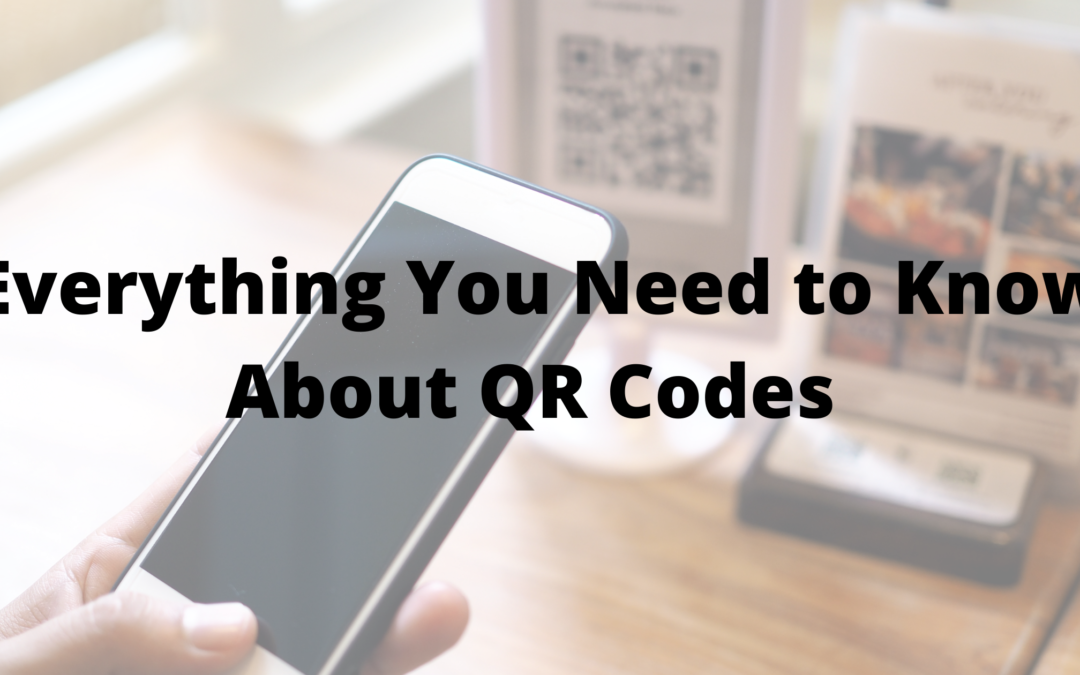Everything You Need to Know About QR Codes is in this article. Singaporeans have been scanning QR codes since the start of COVID-19. Now, it’s time to pull back the curtain and understand what the technology behind it is. First, we must first understand how QR codes have developed over time to reach this stage.
How QR codes evolved from barcodes
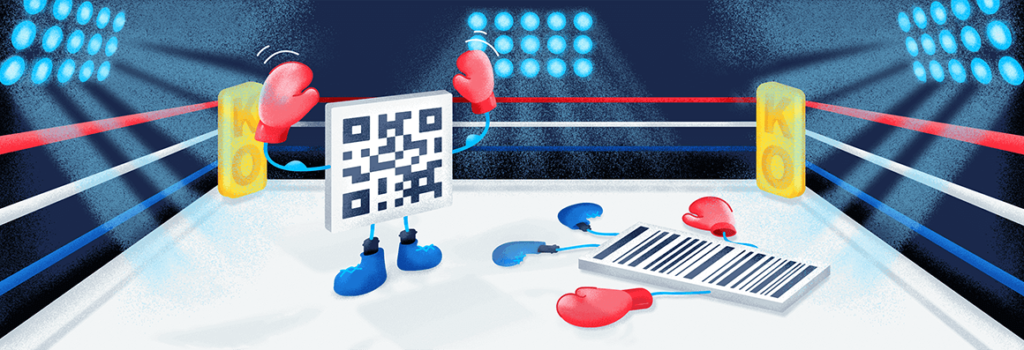
Image sourced from: QR Code Generator
QR codes are built upon the foundation of barcodes, which are built upon the foundation of morse code. In 1949, the first barcode, a circular bullseye, was developed. The conventional linear barcode we all recognise today was created in the early 1970s. By the time the 1990s rolled around, barcodes had moved beyond grocery stores and were present in most retail stores, event spaces, and even experienced takeup in real-time inventory management.
Barcodes – a simple series of parallel lines and spaces of varying width has become ubiquitous. However, due to data storage and scanning orientation limitations, Quick Response (QR) codes were created. QR codes were created in 1994 to circumvent the limitations of barcodes, and they opened up many new possibilities in every industry.
In Singapore especially, QR codes have become a commonplace sight. Placed outside every building, storefront, office entrance, and even certain public spaces, QR codes are used for SafeEntry and TraceTogether. These codes help to speed up check-in processes into areas with continuous usage.
Benefits of QR codes compared to barcodes

Image sourced from: QR Code Generator
The earliest barcodes were limited to just 12 digits. They hold any type of text information. This posed an issue as more data was needed to be placed on labels due to changing industry norms and requirements. Thus, QR codes became the standard choice for information encoding, as these 2D codes can hold as much as 7,000 digits or 4,000 text characters worth of data.
This added complexity allows QR codes to include more information, such as price, quantity, web address/URL, and even images. Most mobile phones with cameras have embedded image scanners, allowing the everyday consumer to scan and open QR codes. This increased accessibility makes QR codes a much better option for relaying information in a condensed form.
Another benefit of QR codes is that they can identify and differentiate between individual products, not just product types. They can also link to a website, which opens up a world of possibilities for conveying information. Codes can be useful to manufacturers and waste managers too, as they can find out the product’s life-cycle, its components and materials, and where it came from. So, Static VS Dynamic QR Codes, how do they compare?
Static QR codes
These are the most widely-used types of QR codes in every industry. They can be seen everywhere, from product labels, advertisements, to the TraceTogether and SafeEntry that Singaporeans do when entering buildings.
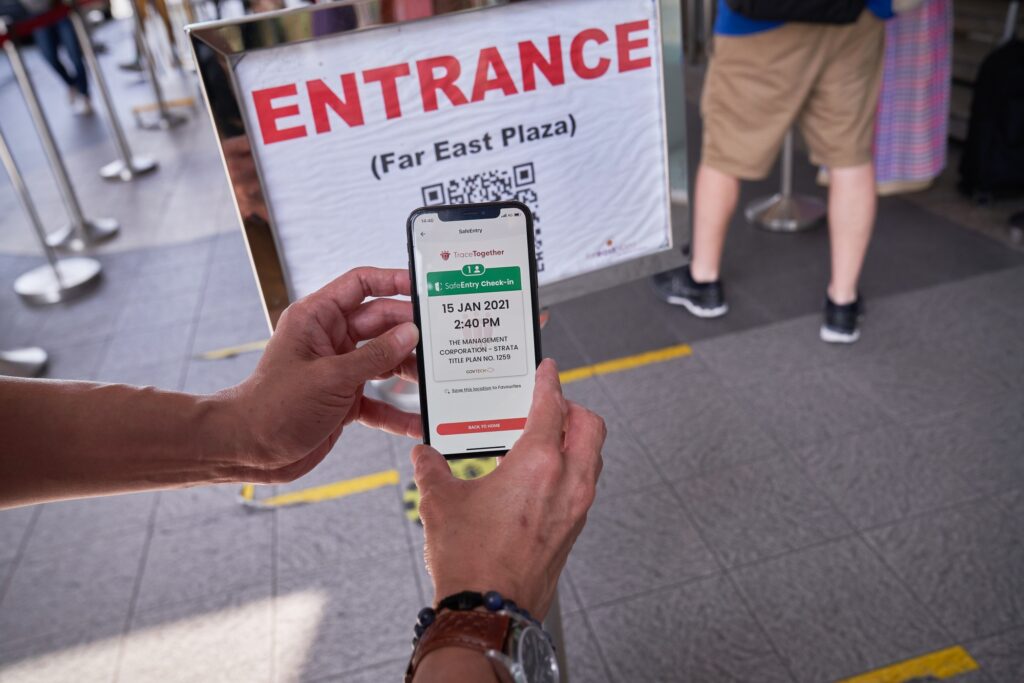
Image sourced from: Bloomberg
What is stored
Static QR codes store in themselves whatever targeted content is needed. The content can be anything from a series of numbers in a code, a bunch of text, a website URL, a Wifi password, or anything else under the Sun. This has use cases for business cards, Wifi sign-ins, and even online payments.
Fixed content
The content stored in a static QR code is fixed. This means that once the chosen content is encoded into the QR code, it cannot be changed. The same content will always be shown. If a link is encoded, the QR code will still direct to the website, even if the link is broken or has been updated. Being permanently encoded is ideal for one-off marketing campaigns and for fixed links that do not need to be updated.
Anonymous
Static QR codes keep the scanner anonymous. While the encoded website or application may still read device details, the QR code creator will not be able to find out any specific information about who has scanned the code. This is a plus as most people do not understand what information about them is collected on most websites and applications, and this gives them peace of mind.

Image sourced from: PCMag
The code can become trackable, but only if it utilises UTM parameters through Google Analytics. This however makes the URL longer. The more lengthy a URL is, the more data is added, and thus the QR code will become denser and more complex.
Bulk usage

Image sourced from: QR Code Generator
Static QR codes are easily replicable due to their fixed encoding. They can be created in bulk, and they should, since creating over a hundred codes for an event manually is a waste of time and effort. Bulk creation has benefits in many areas, from business cards, gift cards, product labels for consumers and for inventory management, and event schedules. This can save on materials used for printing extra pamphlets or ink used for more text.
Dynamic QR codes
Dynamic QR codes are a relatively newer form of QR codes. They were inspired by the development of Augmented Reality (AR), Virtual Reality (VR), and Non-Fungible Tokens (NFTs).
Editable
The biggest difference between these new dynamic QR codes and static QR codes is a modifiable destination URL. The destination of dynamic QR codes can be changed at any time, as many times as needed. When the user scans the code, they will be instantly redirected to the updated destination.
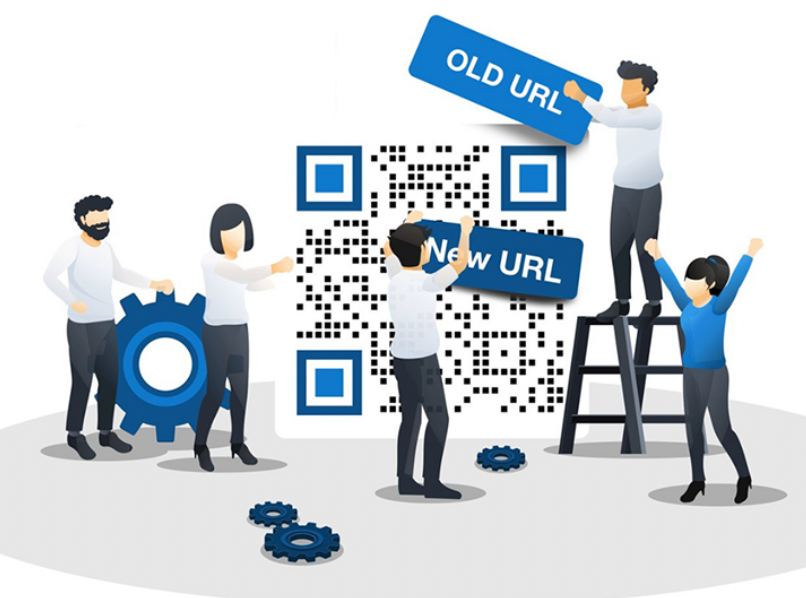
Image sourced from: QRTiger
Save on changes
Even if a marketing or promotional material has been printed, this editable code allows for last-minute changes and updates. This opens the door to unique campaign plans, such as rolling out different promotions at different times of the campaign. Varying content can be produced and adjusted as time goes on. This helps to save on reprinting costs and material does not have to be reproduced.
Tracking data
![]()
Image sourced from: Tagomobile
On top of being editable, dynamic QR codes allow for user tracking. Data is collected and opens up the ability to track the number of scans at individual locations, the date and time of scanning, and device used. Every company wants to track how their marketing campaign is going, and suss out key statistics. This allows them to market their products more effectively and make adjustments during campaigns.
Nudging
Let’s say that a campaign is rolled out with the aim of increasing sales. If many people scan the QR code, but do not make a purchase, there is usually not much a company can do. However, with the statistics gleaned from the scans, the campaign can continue targeting the same users on social media platforms like Facebook and Instagram. Additionally, while not many purchases were made, the campaign still produced a result: how many people were interested enough to scan the QR code.
Comparison between the two benefits
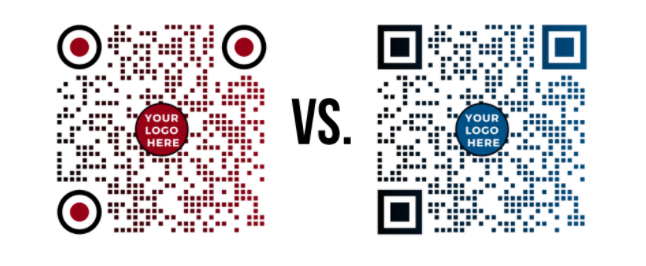
Image sourced from: QRTiger
Now that you have read Everything You Need to Know About QR Codes, let us compare between the two: Static VS Dynamic QR Codes. There are clear differences between the two. The most obvious difference is that static QR codes are older, and therefore more established, recognised, and preferred. On the other hand, dynamic QR codes are still a developing technology. Not many reputable companies offer these services yet.
Additionally, a major difference that speaks to most managers is the cost. Due to being more established and innovated upon, static QR codes are much more easily accessible and cheaper than dynamic QR codes. It is precisely because dynamic QR codes have these newer features that they are not just paid, but also can be quite pricey. Static QR codes can be made using free online services and still maintain their quality.
One thing that dynamic QR codes have that is better than static QR codes is their editable feature. For a constantly changing or updating campaign, this feature does save on reprinting costs and reduces hassle. Note, however, that well-thought-out campaigns rarely need to get updated, bar any sudden changes in the industry or the country.
Another important point to note is that the data that is collected from dynamic QR code scans does not integrate easily, or at all, into your systems. It does not integrate with your POS, or other online management systems. This could potentially lead to a mess where data is scattered across multiple sources. It also makes it harder to analyse different data streams together and make sense of the results, limiting their usefulness.

Image sourced from: SkipQoo
Fun Facts
Did you know: QR codes do not have to all look the same! They can be designed to sport company colours, with customisable borders, rounding, and even code style.
Did you know: QR codes can have a company logo in the center, promoting the company’s brand image. This allows customers to know what they are scanning and feel a greater sense of ease.
Conclusion: Everything You Need to Know About QR Codes
QR codes have come a long way since 1994 and really popped off in 2020 when businesses realised that they needed a way to relay information without contact during the pandemic. QR codes shone through by relaying simple, basic information to users.
Upon comparing the two choices available on the market, it is clear that static QR codes suit the majority of consumers. However, dynamic QR codes do serve a niche purpose too.
As a business in the F&B industry, you may be wondering how to take your restaurant to the next level. With an Online Ordering System, you get all the benefits of static QR codes on top of the benefits of going digital. It is clear that for a business that aims to widen profit margins as much as possible, the cost is a key concern. As such, static QR codes are most definitely the right choice for you, especially with everything you need to know about QR codes in this article.
Still uncertain if Online Ordering Systems with QR code ordering are right for you? Read on to find out the top 5 Reasons to Choose Digital Ordering for F&B in Singapore.
